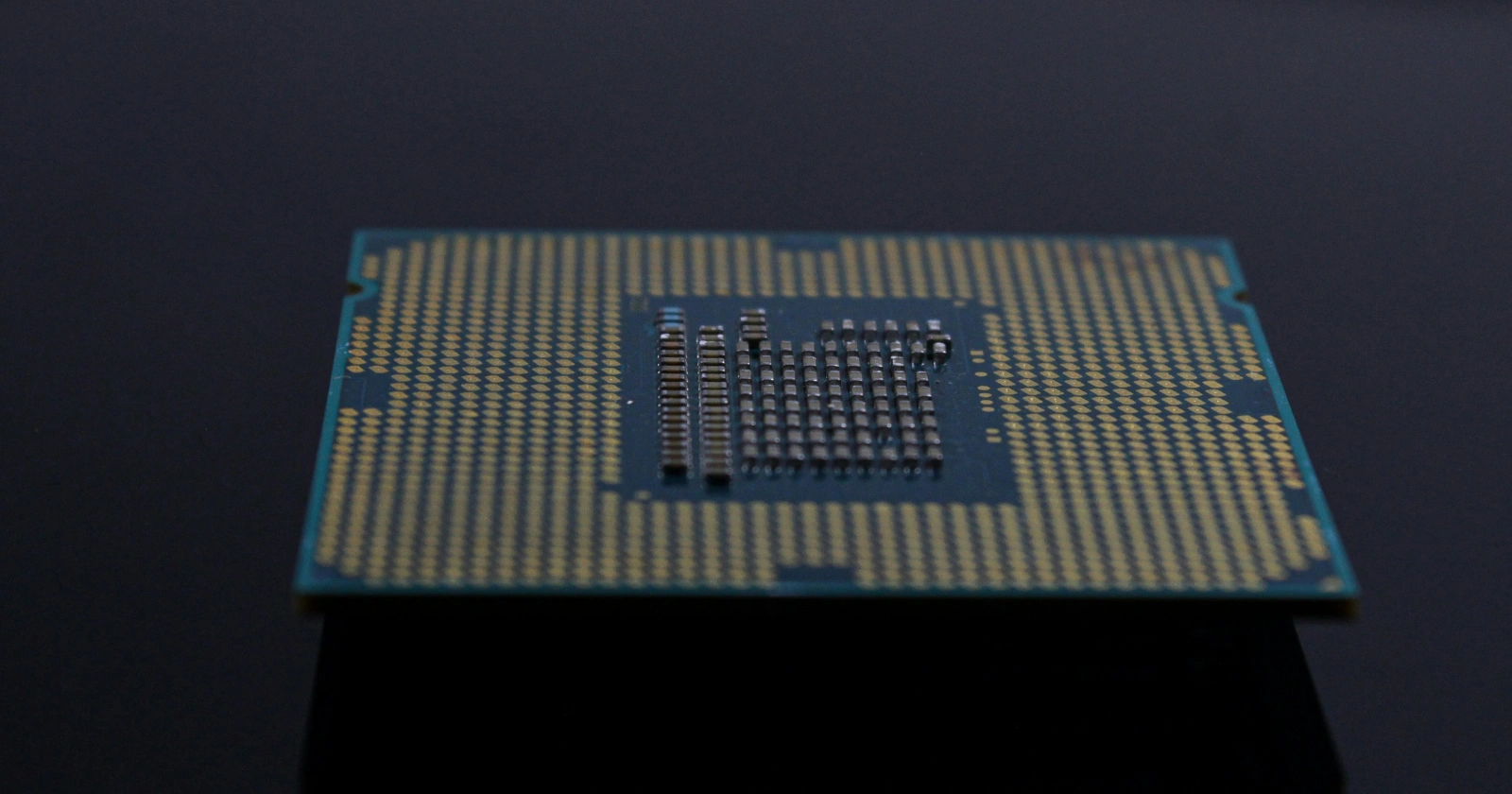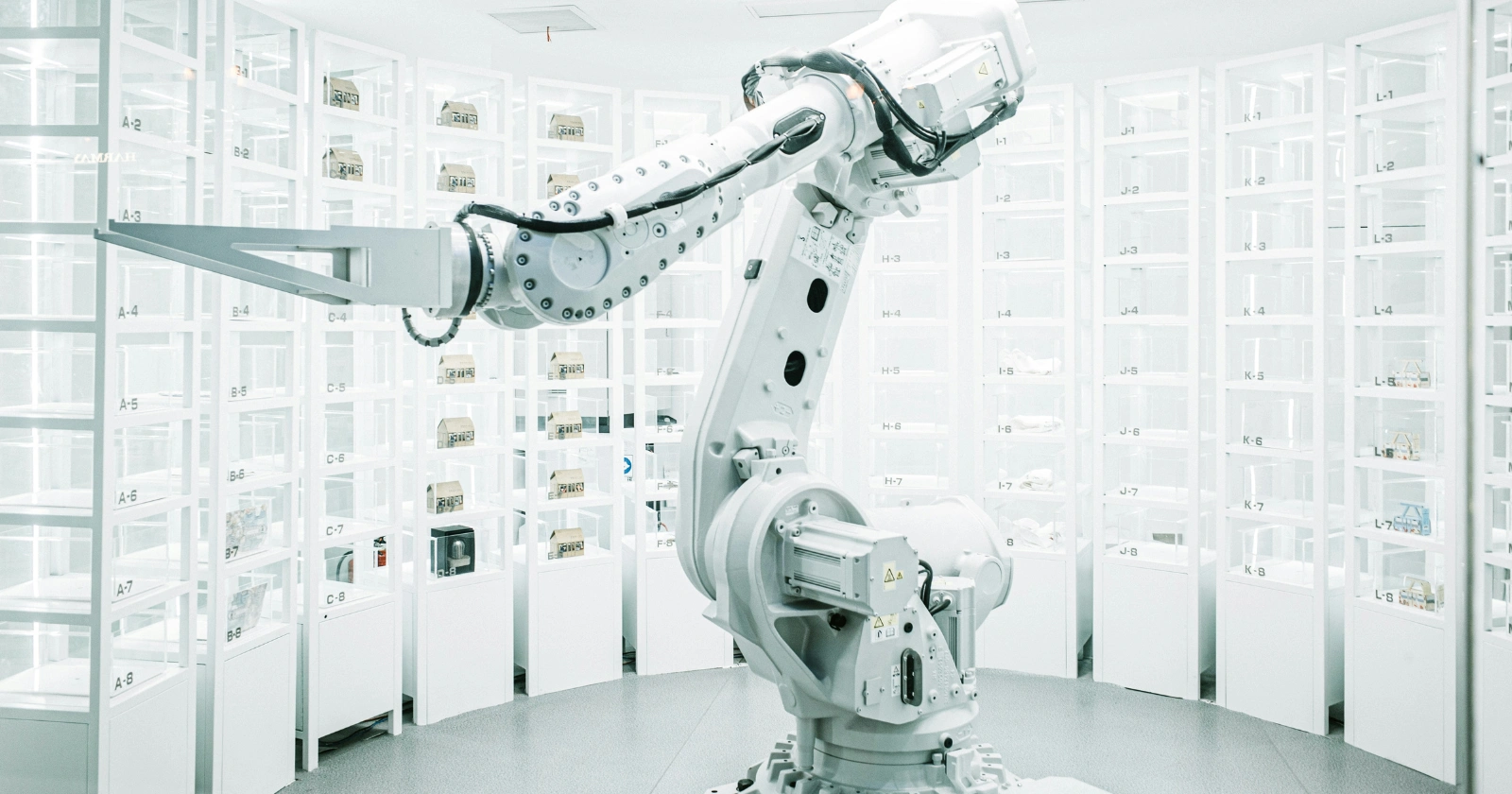Tech giants are pouring billions into developing proprietary AI chips as artificial intelligence transforms industries from healthcare to automotive. This surge stems from the explosive growth of AI applications, which demand unprecedented computational power.
Companies like Google, Amazon, Microsoft, and Meta lead this charge, seeking to harness hardware that aligns precisely with their AI ambitions. The shift marks a pivotal moment where software prowess alone no longer suffices; integrated hardware solutions have become essential for staying ahead.
The market for AI chips is projected to exceed $100 billion by 2026, driven by the need for faster training and inference processes. Traditional GPUs, while versatile, often fall short in efficiency for specialized tasks such as natural language processing or image recognition.
Custom designs allow these corporations to eliminate redundancies, resulting in chips that process data more swiftly and with less energy. This innovation not only accelerates AI model deployment but also supports sustainable operations amid rising environmental concerns over data center energy consumption.
Geopolitical dynamics further fuel this trend, with supply chain uncertainties prompting a reevaluation of external dependencies. Nations invest heavily in domestic semiconductor capabilities, influencing corporate strategies worldwide.
As AI integrates deeper into daily life, from smart devices to autonomous systems, the race for chip dominance underscores a broader quest for technological sovereignty. This evolution promises to reshape the landscape, making AI more accessible and powerful across sectors.
Breaking Free from Nvidia’s Grip
Dominance in the AI chip sector has long rested with Nvidia, whose GPUs power a vast majority of data center operations. However, escalating costs associated with these high-end processors prompt tech leaders to explore alternatives. Nvidia’s chips, prized for their performance, carry premiums that strain budgets as AI projects scale. By investing in proprietary designs, companies aim to sidestep these expenses and retain more value within their ecosystems.
Supply constraints exacerbate the issue, with global demand outpacing production during peak periods. Recent shortages, amplified by events like the 2024 chip crisis, have delayed critical AI initiatives. Internal development offers a buffer against such vulnerabilities, enabling firms to dictate production timelines and volumes. This control proves vital for maintaining momentum in fast-paced AI research and deployment.
Vendor lock-in presents another hurdle, as many AI frameworks rely on Nvidia’s CUDA platform. Migrating to other hardware requires extensive rework, often at significant cost. Custom chips break this cycle by allowing seamless integration with in-house software stacks. For instance, Google’s Tensor Processing Units (TPUs) demonstrate how tailored hardware can liberate developers from proprietary constraints, fostering innovation without external limitations.
Boosting Performance Through Customization
Custom AI chips excel in adapting to specific workloads, far surpassing general-purpose alternatives in targeted applications. General GPUs handle diverse tasks but include features unnecessary for AI, leading to inefficiencies. ASICs, designed for particular functions like recommendation engines or language models, strip away excess, delivering pure computational prowess.
Speed enhancements stand out as a primary benefit. Google’s TPUs, for example, process machine learning tasks at rates that outpace traditional setups, enabling quicker iterations in model training. Similarly, Amazon’s Trainium chips optimize for cloud-based AI, reducing latency in real-time applications. These gains translate to faster insights in fields like autonomous driving, where split-second decisions rely on rapid data processing.
Energy efficiency emerges as a critical factor, especially in sprawling data centers. Custom designs minimize power draw by focusing on AI-specific operations, such as matrix multiplications. Microsoft’s Maia accelerators illustrate this, achieving substantial reductions in electricity use while maintaining high throughput. As global energy demands from AI rise, these optimizations help mitigate environmental impacts and operational expenses.
Securing Competitive Edges
Proprietary chip development safeguards intellectual property, keeping advanced AI architectures confidential. External suppliers might inadvertently expose sensitive designs through shared manufacturing processes. In-house efforts ensure that breakthroughs remain secure, protecting against industrial espionage in a highly competitive arena.
Vertical integration unifies hardware and software, creating cohesive systems that outperform fragmented ones. Apple’s M-series chips exemplify this synergy, though focused on consumer devices; the principle applies to AI. Tech leaders gain agility in rolling out features, from enhanced cloud services to edge computing solutions, without waiting on third-party updates.
Cloud platforms benefit immensely from these advancements. AWS, Azure, and Google Cloud leverage custom silicon to offer differentiated services, attracting enterprise clients with superior AI infrastructure. Meta’s MTIA chips, updated in 2024, enhance social media algorithms, while OpenAI’s 2025 partnership with Broadcom for custom XPUs signals broader adoption. This strategic positioning strengthens market share in the lucrative cloud computing space.
Leading Contenders in the AI Chip Arena
The landscape features established players and emerging challengers, each with unique strategies. Nvidia retains market leadership with its H100 and Blackwell series, but faces pressure from in-house initiatives. Intel’s Gaudi 3 accelerators promise cost-effective alternatives, boasting up to twice the inference speed of competitors on models like Llama-70B.
AMD counters with annual releases, such as the Ryzen AI 300 series, targeting laptops and desktops. Huawei’s Ascend chips gain traction in China, challenging Western dominance amid trade restrictions. Startups like Cerebras and SambaNova focus on niche architectures, offering massive on-chip memory for large-scale AI.
Broadcom emerges as a key enabler, collaborating on custom designs for clients like OpenAI. TSMC, the manufacturing powerhouse, produces over 60% of advanced chips, with facilities expanding in Arizona for 3nm production in 2025. These dynamics highlight a diversifying market, where collaboration and competition coexist.
| Company | Key AI Chip | Launch Year | Primary Advantage | Market Focus |
|---|---|---|---|---|
| Tensor Processing Unit (TPU) v5 | 2024 | High efficiency for ML training | Cloud AI services | |
| Amazon | Trainium2 | 2024 | Cost-effective inference | AWS data centers |
| Microsoft | Maia 100 | 2023 | Power optimization | Azure AI workloads |
| Meta | MTIA v2 | 2025 | Custom for social algorithms | Internal platforms |
| OpenAI | XPU (in development) | 2026 (Expected Rollout) | Reduced Nvidia dependency | Generative AI |
| Nvidia | Blackwell B200 | 2025 | Superior parallel processing | General AI acceleration |
| Intel | Gaudi 3 | 2024 | Affordable high-performance kits | Data center alternatives |
| AMD | MI300X | 2024 | Annual updates for versatility | Consumer and enterprise |
| Huawei | Ascend 910C | 2025 | Domestic self-sufficiency | Chinese AI ecosystem |
| Apple | A-series Neural Engine | Ongoing | Edge device integration | Mobile AI |
This table captures core offerings, illustrating how each player addresses specific needs in the AI ecosystem.
Navigating Geopolitical Tensions
Global rivalries shape the AI chip sector, with the US-China divide at the forefront. US export controls, tightened in 2024, restrict advanced chips to China, prompting Beijing’s $47.5 billion Big Fund III for domestic production. Companies like Alibaba and Baidu now train models on in-house chips, reducing Nvidia reliance.
Government initiatives amplify this. The US CHIPS Act allocates $39 billion for R&D, luring TSMC and Intel to American soil. Europe invests over $47 billion, Japan $13 billion, and India $15 billion in local facilities. These efforts aim to diversify supply chains, mitigating risks from Taiwan’s concentration of advanced manufacturing.
Such policies foster resilience but also fragment the market. Huawei’s Atlas 950 cluster, launched in 2025, rivals Nvidia’s systems, signaling China’s accelerating capabilities. As tensions persist, tech giants must balance innovation with compliance, influencing future chip designs and partnerships.
Embracing Software Innovations and Standards
Nvidia’s CUDA ecosystem underpins its dominance, but open alternatives challenge this hold. OpenAI’s Triton, released in 2021, enables cross-chip compatibility, supporting AMD and Intel hardware. Major contributors like Meta and Google bolster these efforts, eroding the “CUDA tax” of high costs and limitations.
Consortia like UALink, formed by AMD, Intel, and others in 2024, promote open standards for accelerator connectivity. This initiative targets scalability, connecting thousands of units efficiently. Intel’s OneAPI and emerging languages like Mojo further democratize AI development.
These shifts encourage a collaborative environment, where interoperability drives progress. As custom chips proliferate, software ecosystems evolve to support diverse hardware, accelerating AI adoption across industries.
Envisioning the Road Ahead
The pursuit of custom AI chips signals a transformative era, where hardware becomes as integral to AI strategy as algorithms. Tech giants’ investments, exceeding tens of billions annually, underscore the stakes involved. This movement not only curtails costs and enhances efficiency but also fortifies positions against geopolitical uncertainties. With projections indicating AI’s economic impact could reach $15.7 trillion by 2030, according to PwC, the emphasis on proprietary silicon positions these companies to capture substantial value.
Challenges remain, including manufacturing complexities and talent shortages in semiconductor design. Yet, advancements like AI-assisted chip optimization, as seen in Google’s DeepMind collaborations, create virtuous cycles of improvement. Alternative cloud providers like CoreWeave and Lambda Labs emerge, offering competitive GPU access and fueling broader innovation.
Ultimately, this race extends beyond corporate rivalry; it shapes AI’s accessibility and ethical deployment. As chips grow more specialized, applications in quantum computing and neuromorphic systems loom on the horizon.
Stakeholders must prioritize sustainability, ensuring energy-efficient designs align with global climate goals. The trajectory points to a diversified, resilient AI infrastructure, empowering industries to tackle complex problems with unprecedented tools. This evolution invites reflection on technology’s role in society, promising a future where AI drives progress equitably and responsibly.
Frequently Asked Questions
Tech giants pursue custom AI chips to optimize for specific workloads, reduce costs, and minimize dependency on suppliers like Nvidia.
Custom designs focus on AI-specific operations, cutting unnecessary power use and lowering data center operational expenses significantly.
Google with TPUs, Amazon with Trainium, Microsoft with Maia, and Meta with MTIA are among the frontrunners.
Nvidia holds 70-95% market share through powerful GPUs and CUDA, but faces growing competition from custom alternatives.
US export restrictions and China’s domestic funds push companies toward self-sufficiency, diversifying global supply chains.
ASICs provide tailored efficiency for tasks like inference, offering faster processing and lower energy consumption than versatile GPUs.
OpenAI partners with Broadcom for custom XPUs, aiming for mass production by 2026 to support generative AI demands.
UALink promotes interoperability, allowing scalable connections of accelerators and reducing reliance on proprietary systems.
They enable providers like AWS and Azure to offer superior, cost-effective AI services, attracting more enterprise clients.
Trends include AI-optimized designs, neuromorphic computing, and integration with quantum systems for advanced applications.



